

Engage prospects with a scan and streamline customer engagement with FREE QR code marketing tools by Sona – no strings attached!
Create a Free QR CodeFree consultation

No commitment

Engage prospects with a scan and streamline customer engagement with FREE QR code marketing tools by Sona – no strings attached!
Create a Free QR CodeFree consultation

No commitment
Patio contracting services face a unique set of challenges as they bridge the gap between physical consultation and digital engagement. Many potential clients searching for patio construction, outdoor living spaces, or patio design ideas still rely on printed brochures, signage, or in-person interactions that are difficult to measure and scale. Traditional marketing methods such as direct mail or static ads often fall short when it comes to driving actionable results or capturing rich customer data, making it too easy for high-value prospects to slip through the cracks when they do not immediately fill out a form or schedule a callback.
A major friction point is the inability to accurately track which prospects engage with each piece of marketing collateral. Without visibility into who interacts with yard signs or print materials, patio contractors risk missing out on qualified leads, many of whom compare options long before making direct contact. This persistent lack of feedback means valuable engagement signals are often lost, hindering both follow-up and tailored marketing.
Today, QR codes in marketing transform these physical touchpoints into strategic entry points for building relationships and driving conversions. For patio contracting professionals, QR codes offer a frictionless way to guide prospects from initial interest, via yard signs, print collateral, or displays, to an optimized digital journey where they can view patio materials, compare design options, schedule consultations, or access testimonials, all without an app or typing a URL. As QR scans capture real-time signals and enable ongoing tracking, contractors are better equipped to measure ROI and deliver personalized experiences for every potential client.
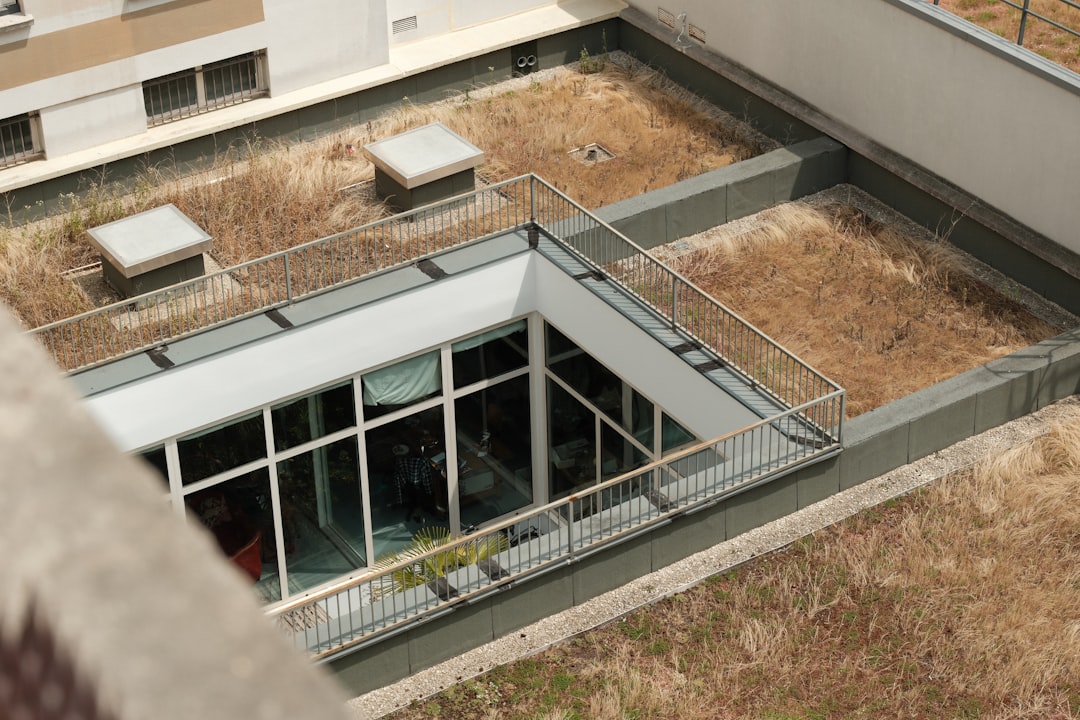
Patio contractors frequently lose high-value prospects when there is no simple way for clients to transition from the physical world of yard signs, flyers, and events into digital follow-up or design consultations. Manual sign-up sheets or traditional response cards are slow and error-prone, making it too easy for valuable prospects to remain untracked or unaddressed. This gap becomes especially costly when marketing efforts yield little insight into who is genuinely interested and where the customer came from.
A modern QR-driven approach overcomes these pain points by connecting every offline asset to a measurable digital next step. Whether someone scans a code on a door hanger and joins a design gallery or scans a vehicle wrap to request an estimate, each action is captured and routed to your marketing stack. Smart routing, dynamic links, and real-time analytics replace guesswork with clarity and momentum.
These steps replace outdated analog processes like printed catalogs, paper estimate forms, and handwritten interest lists. QR codes create a smooth journey from initial curiosity to scheduled consultation, and they ensure that every interaction contributes data to your pipeline.
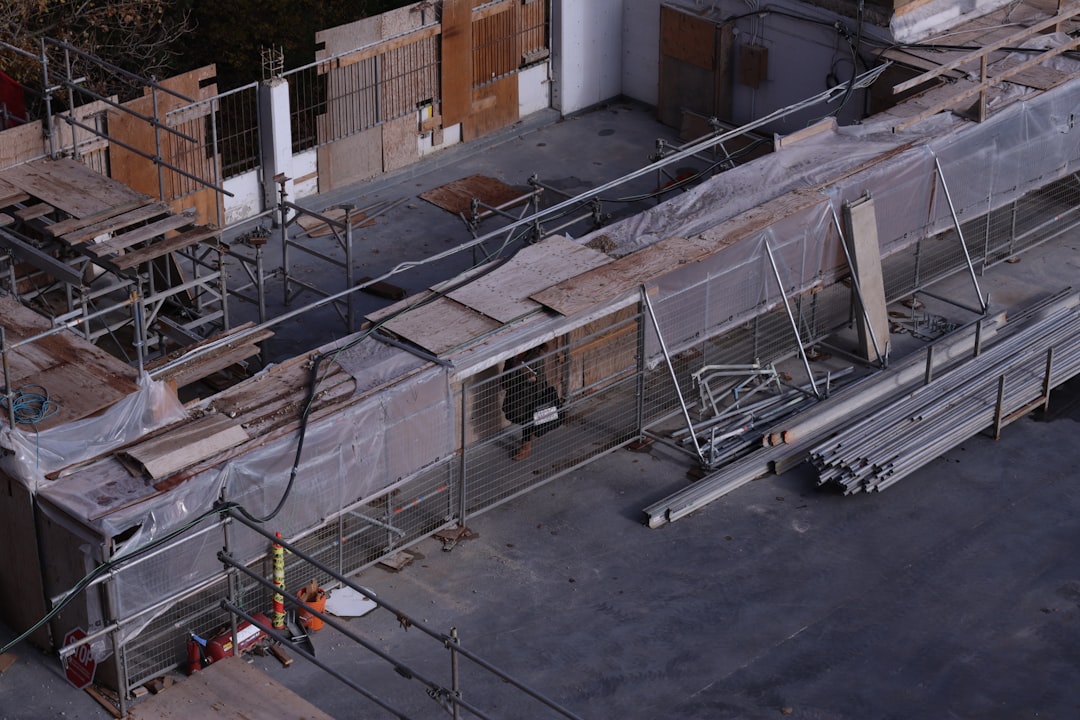
The patio contracting journey is notoriously fragmented. With most customers conducting extensive research quietly, many promising leads never connect to a contractor’s CRM. This causes missed follow-up opportunities and an incomplete picture of true market interest. Without transparency into who is considering your services, contractors are forced to rely on broad, inefficient marketing or risk missing high-intent prospects who prefer to explore options on their own time.
QR codes provide a practical answer by turning offline interest into measurable online engagement. They shorten the path from discovery to action and make it easy for people to raise their hand without calling a phone number or typing a URL. A clear call to action, such as Scan to see 3D patio designs, eliminates ambiguity about what happens next and encourages quick engagement.
By unifying offline and online journeys, QR codes transform traditional touchpoints into active lead sources. This reduces the risk of losing valuable prospects and helps teams deliver relevant experiences, faster.
Patio contractors often send static marketing materials into the world and then lose sight of what happens next. QR codes change that equation. Choosing the right format ensures that each scan triggers the desired action and supplies usable data for follow-up.
Dynamic QR codes are especially valuable for patio contractors because they allow content to stay relevant across seasons, materials, and promotions. Static codes can work for evergreen content like a vCard, but most campaign-oriented placements benefit from the flexibility and analytics of dynamic codes.
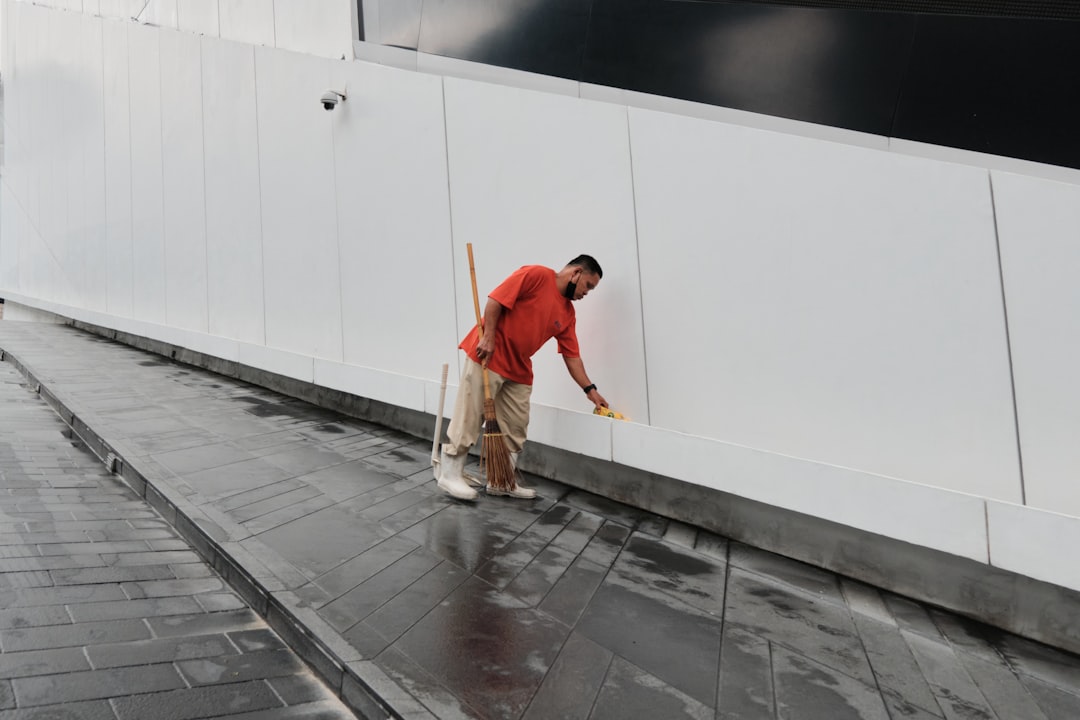
Many patio contractors experience strong drive-by exposure and word-of-mouth yet do not see a proportional lift in leads. The issue is not always the creative. It is the lack of a clear and convenient next step. Strategic QR placement turns passive visibility into active engagement and ensures every impression has a measurable path forward.
Begin by auditing your highest-visibility surfaces. Where do homeowners naturally encounter your brand in the real world, and what would be the most helpful action at that moment? Matching the placement and the call to action creates a frictionless experience that produces better data and more bookings.
Each of these placements closes the loop between offline impressions and digital journeys. The cumulative effect is a pipeline filled with better-qualified leads and a clearer understanding of what your market values most.
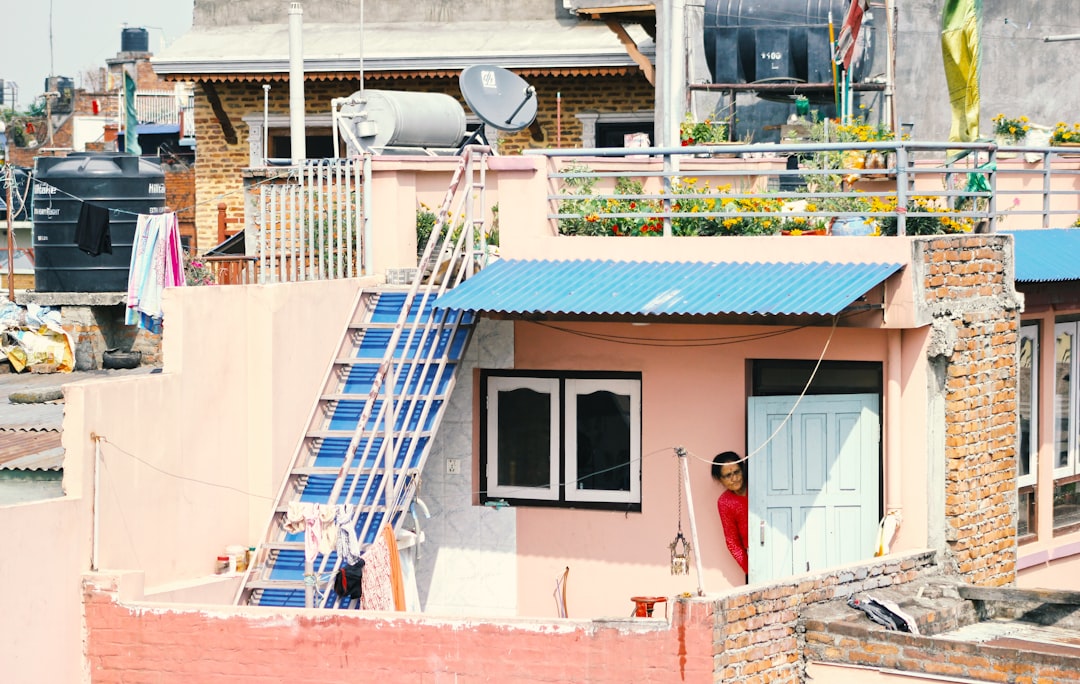
When a homeowner pauses at your yard sign or flips through a brochure, you have only a moment to convert curiosity into action. QR codes make that moment productive by mapping specific actions to the right context. The following use cases are proven, practical, and easy to implement.
The measurable outcomes tied to these use cases include higher scan-to-lead conversion rates, shorter time to appointment, increased review volume, and better segmentation for retargeting. Contractors commonly see a significant lift in consultation bookings from job site signage and mailers after adding QR codes with clear, benefit-driven CTAs.
Every QR scan is a signal. It captures interest, context, and intent that you can use to create smarter audiences and more relevant follow-ups. When you deploy multiple codes across materials, neighborhoods, and events, you can automatically segment prospects and connect with them on their terms.
Start by mapping scan points to the buyer journey. Early awareness scans might land on a gallery, whereas late-stage scans might open a pricing explainer or warranty page. The more precise your mapping, the more personalized your retargeting can become.
With Sona QR, each code becomes a smart entry point to your funnel. Sona.com extends this by linking scans with website visits, ad clicks, and CRM activity so you can build complete journeys from first touch to purchase readiness.
QR codes are connection points that make every channel work harder. They bring offline impressions online, enrich your data, and empower real-time engagement. When you align QR placement with your broader strategy, you create a cohesive experience that reduces friction and improves conversion.
A connected funnel for patio contractors often begins with a yard sign or mailer that drives to a gallery or quick-quote form, followed by retargeting ads and automated emails. Showroom or job site interactions add context with scans tied to specific materials or designs. Proposals then include codes for financing and warranty details, closing the loop from discovery to decision.
Using a centralized platform like Sona QR ensures consistent branding, link management, and analytics across channels. It also makes it simple to swap destinations mid-campaign and sync scan data to your CRM or ad accounts for faster, more informed optimization.
Too often, patio contractor campaigns lose effectiveness because tracking is incomplete, segmentation is underdeveloped, or campaign content goes stale. Dynamic, well-designed QR campaigns address these issues by pairing clear goals with robust analytics and ongoing iteration.
Below is a streamlined, field-tested sequence you can follow. Use Sona QR to manage codes and collect the data needed for continuous improvement.
Clarify the primary outcome. Is your goal to increase consultation bookings, drive financing prequalification, collect post-project reviews, or segment interest by material? The use case should align with a measurable business goal and a clear next step for the customer.
Establish baseline metrics and targets before launch. For example, set a goal for scan-to-form completion rate, or for the number of showroom scans that lead to a booked appointment within seven days. These benchmarks guide creative decisions and help you evaluate performance honestly.
Decide between static and dynamic codes. Static codes are suitable for evergreen content like a vCard or a permanent landing page. Dynamic codes support analytics, destination changes, and A/B testing, which is ideal for campaigns, seasonal promotions, and neighborhood-specific offers.
If you want data, retargeting, or the flexibility to update content, choose dynamic QR codes. With Sona QR you can control destinations in real time and compare engagement by channel, message, and creative. This reduces reprint costs and improves agility.
Add your logo, brand colors, and a clear frame that separates the code from surrounding graphics. Use a benefit-driven call to action adjacent to the code so people know what they get. Examples include Scan to see budgets and materials, Scan to book a 15-minute consult, or Scan to view this project’s specs.
Test scannability across devices, distances, and lighting. Check performance on glossy materials and at angles common to how people will encounter the code, such as from a moving sidewalk or inside a dim event hall. Err on the side of larger codes for yard signs and vehicle wraps to account for distance and motion.
Match placements to audience behavior and scanning context. For job site signs and trucks, link to mobile-optimized landing pages that load quickly and feature concise CTAs. For door hangers and mailers, personalize the destination by neighborhood, showcasing nearby projects and reviews.
Prioritize locations and media with strong natural visibility. Home shows, community events, neighborhood mailings, and showroom displays are all high-yield opportunities. Assign unique codes per channel so that results can be compared and budgets can be shifted to top performers.
Use Sona QR to track scans by time, location, and device. Monitor the full journey: scan, page view, form start, and conversion. Analyze drop-off points and test changes such as headline language, form length, or incentive structure.
Iterate with A/B tests. Try alternate CTAs, image sets, or offers. Refresh destinations seasonally to align with demand patterns and material availability. Share weekly performance dashboards with sales and ops so that both teams can act on insights, not hunches.
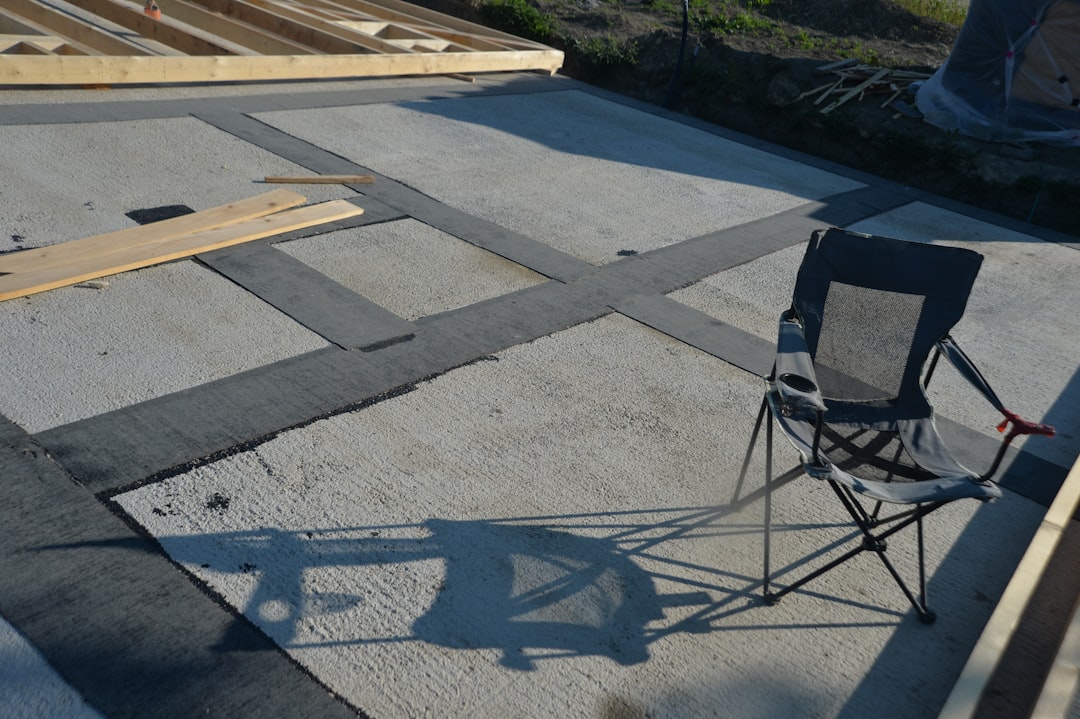
Contractors often report that without effective scan tracking, they waste resources and cannot identify which marketing efforts actually drive appointments, consultations, or signed contracts. This leads to murky ROI and the risk of underinvesting in high-performing channels. Turning scans into revenue requires more than a click count. It demands a connected view of the journey.
A robust analytics framework follows the signal from first scan to closed deal. It captures context like the source and location of the scan, links user behavior across channels, and attributes revenue back to the touchpoints that influenced the decision.
By prioritizing real-time feedback loops, patio contractors can allocate spend to what works, personalize their outreach, and consistently improve conversion rates. When scans are treated as the start of a measurable journey, not a novelty metric, the impact is both clear and compounding.
QR codes deliver outsized gains when they are part of an intentional system. Avoid the set-and-forget trap by using scan data to fuel smarter follow-up, segmentation, and testing. The right habits turn QR campaigns into a durable growth engine.
Start with a few high-visibility placements and iterate quickly. As patterns emerge, standardize what works across teams and media. Encourage field crews and sales reps to participate by explaining how QR codes save time, capture more leads, and improve client satisfaction.
Embedding QR codes into completion certificates for warranty access or public review submissions turns every client interaction into a measurable win. Use that same playbook for post-install upsells, such as lighting packages or seasonal sealing, and measure the lift. The cumulative effect is a higher conversion rate, stronger reputation, and an ever-improving understanding of your market.
Integrating QR code technology throughout the patio contracting journey empowers professionals to overcome longstanding visibility and engagement barriers, surface high-value prospects, capture actionable data, and close the loop from scan to signed contract. With centralized, real-time insights, today’s patio contractors can transform once-anonymous offline touchpoints into reliable lead sources while delivering seamless client experiences and measurable business outcomes.
By thoughtfully applying QR code best practices and relying on tools like Sona QR and Sona.com for attribution and automation, contractors gain more than a digital upgrade. They build the foundation for sustained growth, improved personalization, and a market position that rewards innovation and client trust. If you are ready to experiment, Start creating QR codes for free, place it on a high-visibility asset with a clear call to action, and use live analytics to guide your next move. The distance from scan to revenue can be shorter than you think.
QR codes have revolutionized patio contracting services by transforming traditional project access and client communication into seamless, interactive experiences. Whether it’s streamlining site access, enhancing customer updates, or simplifying project approvals, QR codes replace cumbersome processes with instant, mobile-friendly actions that improve efficiency and transparency throughout every phase of your patio projects. Imagine granting clients real-time access to project timelines and design details with a simple scan, boosting satisfaction and trust effortlessly.
With Sona QR, you can create dynamic, trackable QR codes that you update instantly—no need to reprint or redistribute materials. Every scan provides valuable insights into client engagement, helping you optimize communications and convert interest into signed contracts faster. Start for free with Sona QR today and turn every scan into a gateway for stronger relationships and smoother project delivery.
Hiring a patio contractor provides expertise in design and construction, access to durable and low-maintenance materials, and professional installation that ensures quality and longevity for your outdoor living space.
Choose a patio contractor who offers clear communication, uses quality materials, has positive customer testimonials, provides transparent pricing, and employs modern tools like QR codes to enhance customer engagement and project tracking.
Latest trends include interactive virtual design galleries, use of composite decking, outdoor kitchens, pergolas, and integration of augmented reality tools to visualize layouts before construction.
Materials such as composite decking, natural stone, and quality pavers are best for durability and low maintenance, with options showcased through interactive design galleries accessible via QR codes.
QR codes can transform offline marketing like yard signs and brochures into measurable digital touchpoints that guide prospects to design galleries, booking tools, financing options, and testimonials, enabling better lead tracking, personalized follow-up, and improved conversion rates.
Effective QR codes include dynamic web URLs for design galleries, vCards for contact sharing, SMS or email prompts for estimate requests, survey forms for feedback, and app download links for design visualization tools.
Place QR codes on job site signs, door hangers, truck wraps, showroom displays, printed proposals, and event materials to connect with prospects at moments of interest and convert passive views into active leads.
QR codes provide real-time analytics on scan location, timing, and user behavior, allowing contractors to measure ROI, optimize placements, segment audiences, and integrate data with CRMs for targeted follow-up.
Define your campaign goal, select the appropriate QR code type, design and test the code, deploy across high-impact channels, and continuously track and optimize performance using analytics platforms.
By creating unique QR codes for different customer journey stages and interests, tagging scan data by location and topic, and syncing this information with CRM and ad platforms to deliver personalized retargeting and follow-up.
Use unique codes per asset and area, add UTM parameters for accurate tracking, automate follow-up content, train staff to promote scanning, and enrich CRM records with scan data to improve client engagement and conversion.
QR codes link offline materials like brochures, signage, and direct mail to online content, enabling seamless transitions between physical and digital channels while providing measurable engagement and supporting retargeting efforts.
Use Sona QR's trackable codes to improve customer acquisition and engagement today.
Create Your FREE Trackable QR Code in SecondsJoin results-focused teams combining Sona Platform automation with advanced Google Ads strategies to scale lead generation

Connect your existing CRM

Free Account Enrichment

No setup fees
No commitment required

Free consultation

Get a custom Google Ads roadmap for your business






Launch campaigns that generate qualified leads in 30 days or less.
